Self-Driving Cars are Real
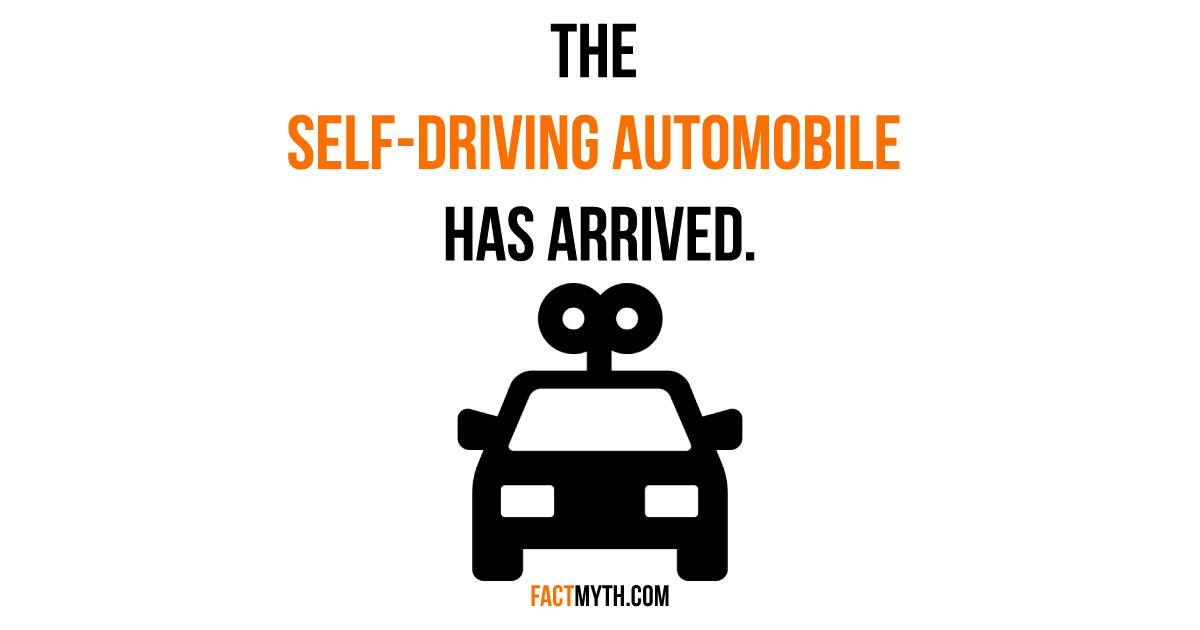
Google has been road testing self-driving cars since 2012. Prototypes were tested in 2015, and public release is planned by Google, and others, in and around 2020.
Technology is a broad category that deals with the usage and knowledge of tools. Applied Sciences are the study and application of those tools.

Google has been road testing self-driving cars since 2012. Prototypes were tested in 2015, and public release is planned by Google, and others, in and around 2020.
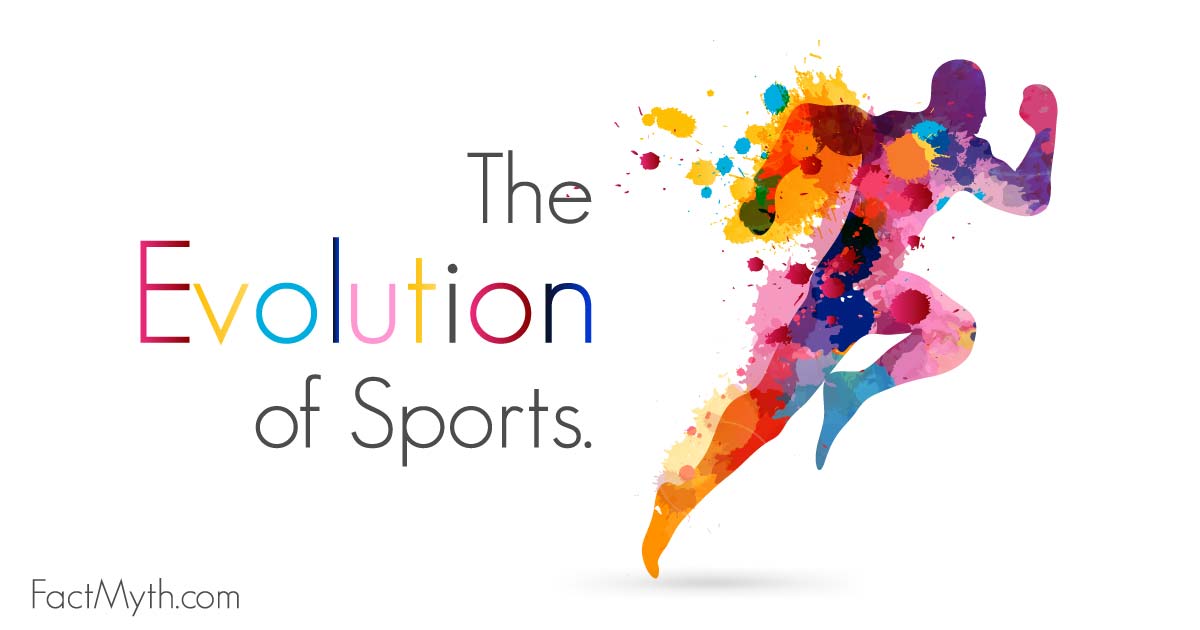
Competitive sports became popular in the United States from 1850 – 1950 because of lighting technology, mass media, and developing labor and education laws.

Artificial light changed sleeping habits. People used to sleep in two phases, “first sleep” and “second sleep”, with two hours of awake time between.
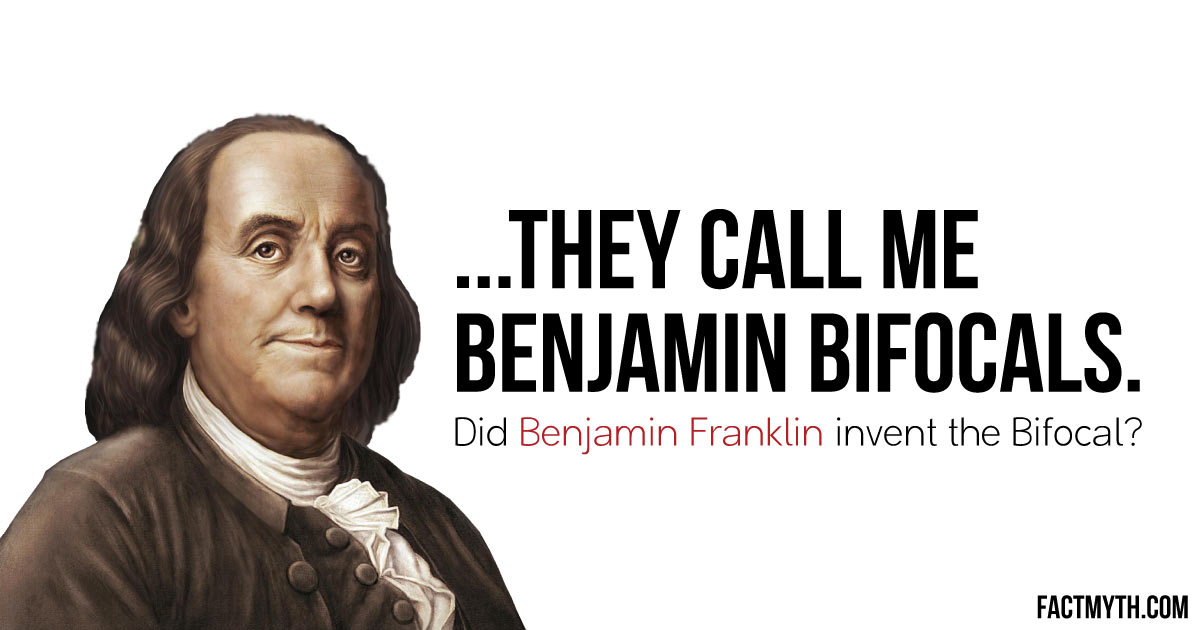
Benjamin Franklin is credited with inventing bifocals, although evidence suggests he may have been simply an early adopter of the split-bifocal lens.
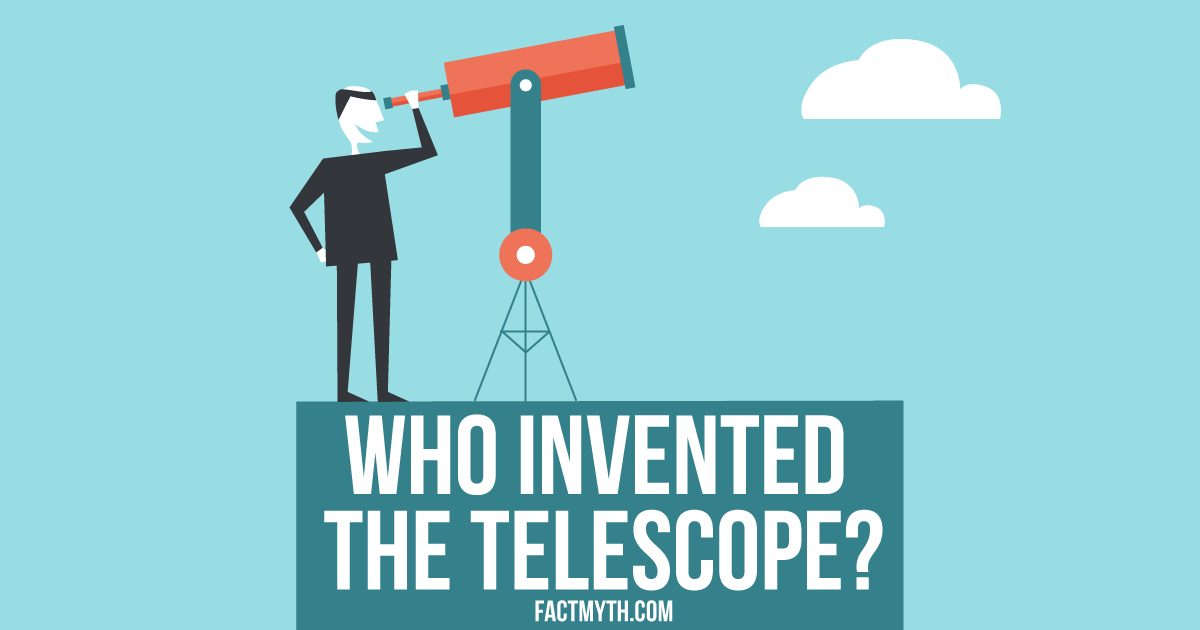
The telescope is credited to Hans Lippershey in 1608. The following year Italian astronomer Galileo Galilei began making improvements to its design.

British mathematician Ada Lovelace can be considered the mother of computer programing, as she wrote the first complex algorithm meant to be carried out by a machine. However, it is a myth that Ada Lovelace wrote “the first computer program” or was “the first computer programmer”, that title belongs to Charles Babbage.
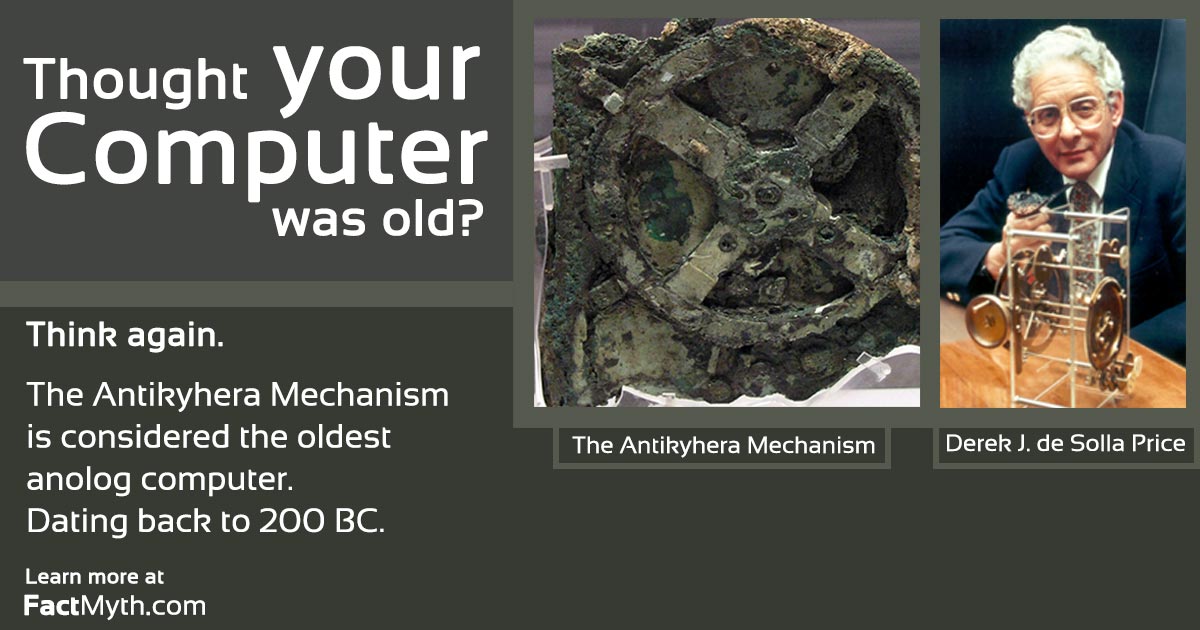
The ancient Greek device, the Antikythera mechanism (circa 200 – 100 BC), is generally considered to be the world’s oldest known mechanical analog computer.

Neither Virtual Reality (VR), nor Augmented Reality (AR), nor the peripherals used (like the DataGlove or headsets) are new technologies.

Apple Macintosh computers (Macs) are vulnerable to malware, including viruses, but infection is less common then on Microsoft Windows computers.
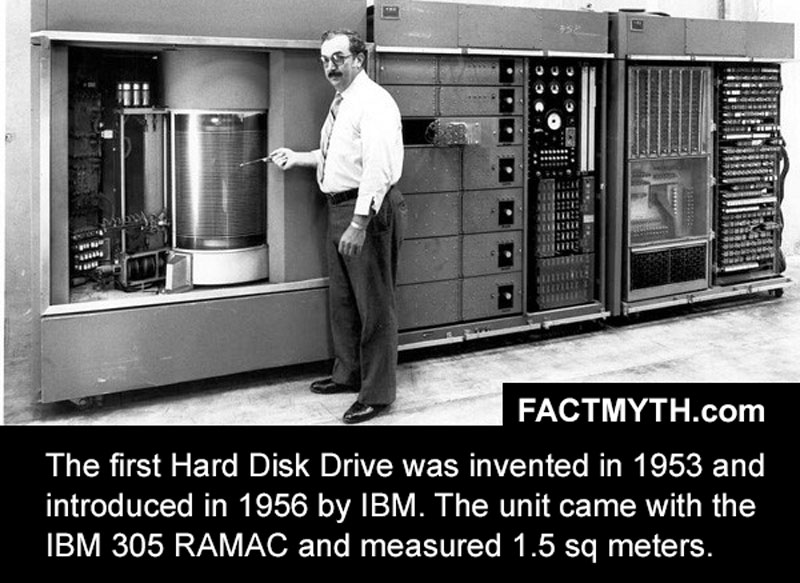
The engineers at IBM’s San Jose California laboratory invented the hard disk drive as early as 1953, but it’s first commercial use wasn’t until 1956.